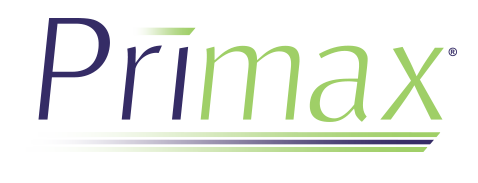Over the last several decades, we have seen a continuous consolidation of the banking industry. However, mergers involving community banks had slowed down as a result of the pandemic. As reported by the FDIC, the bank merger rate since 1990 was 4.5%, but dropped to 3.7% since Q2 2022. Additionally, more than 70% of these bank mergers were intrastate, showing that objectives are not limited to consolidation and efficiency.
Pros and Cons of Industry Consolidation
Opinions seem to be split over whether mergers and acquisitions are good or bad for the banking industry. Some voices call for heavier oversight and restrictions, because they understand the vital role local community banks play for the customers they serve. They worry a continuous consolidation of community banks would cause consumers to lose access to a broad array of services, from wealth management to installment loans to the business capital needed for the growth of local businesses. Without these local banks, communities will have to turn to the larger acquiring financial institutions, which may come with higher fees and loan rates, while offering lower savings yields than they may have had with their previous community bank.
Meanwhile, others see value in building scale through acquisitions rather than slower organic growth. Acquisitions often result in a net increase in branches within a community, which can help eliminate banking deserts. The Bank Policy Institute reviewed FDIC data from the last four decades and found that even as the number of banks declined, the number of branches actually doubled. Changes in branch locations are more efficiently tied to population changes. While proximity to a branch was once a key driver of bank selection for consumers, digital and mobile banking negate that need.
The NCRC study of small business lending, however, finds that absorption of smaller financial institutions and their branches into larger banks means small business lending is increasingly dominated by the largest lending institutions, potentially with less flexibility to accommodate the needs of those local businesses. They further find that branch closures are generally less likely in communities where large banks make small business loans.
What Growing Banks Should Consider
As a financial institution looks at its own growth opportunities, it should consider several key factors to achieve its goals.
- Know Your Roadmap. The most common goal for many banks revolves around economies of scale – achieving a more significant footprint within their state or expanding into adjacent and growing markets. As an institution positions itself to compete on a larger stage with even larger competitors, it needs to further consider specific issues such as succession planning, risk management and the growing regulatory and compliance demands that come with increased size.
- Integration is Key. The process of actually completing a merger can be complex. The approach and timing of system integrations, from core platforms to debit and credit processing, must be thoroughly mapped out and thoughtfully executed. After a comprehensive due diligence process – including vetting financials, facilities and vendor contracts – there is still the process of effectively pulling the two organizations together. This factor is tied strongly to the pursuit of technology, which could require greater investment and faster implementation.
- Think Outside the Bank. A truly successful integration plan will look beyond the merging organizations and into the decisions that directly affect the experience of the acquired customers. Banks looking to complete a successful merger should consider the mantra, “communicate early and often.” Careful attention should be given to the portfolio of customers coming into the newly combined organization, including a plan to ensure they get the best possible customer experience.
When one financial institution merges with another, its customers often worry about changes that might disrupt their experience – changes such as losing branches or personnel, unfavorable adjustments to product terms, updates to services and the associated learning curve that may accompany all of these changes. Additionally, they want to be sure there will be no interruption in their access to funds. Even branding changes can be disruptive, with some institutions leveraging combined brands for a time before making the full switch in signage.
Despite so many changes happening so quickly, mergers and acquisitions do not have to be a negative experience for markets or consumers. Efforts to be sensitive to the needs of the new market while bringing solutions that only larger scale organizations can provide benefits both the consumers and the businesses you will serve. A merger or acquisition that preserves the best of each organization, achieves the accretive financial objectives, and retains both high-performing staff and high-value customers is the right step toward the growth of your financial institution and that of your customers.
Beth Gorry is the Banking Business Relations Manager for Primax, working across key stakeholders and internal resources to profitably build consumer and commercial portfolios for banks. Beth effectively develops and implements transformational market and product strategies in electronic payment products. Her expertise includes the development and execution of payment strategies from issuers, merchants and technology perspectives for U.S. and global operations.
Beth has over 35 years of proven success in the industry and has worked with organizations ranging from fintech startups to Fortune 500 companies, including Bank of America, Citibank and Mastercard Advisors. Known for both innovation and operational excellence, she brings hands-on experience in B2C and B2B2C acquisition, customer engagement, retention and loyalty strategies, partnership programs and payment operations.




